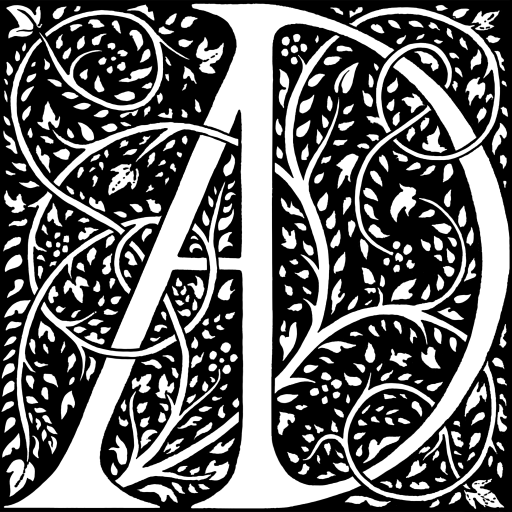Candlemas According to the Sarum Use: Brief Write-Up
On Saturday 2nd, we staged a reconstruction of the High Mass of Candlemas according to the Use of Sarum. These were accompanied by three low masses – Salus Populi, Requiem, and a votive mass of Our Lady, a sermon by John Mirk, and polyphony from the Old Hall Manuscript. We were delighted that about three hundred congregants were present. The livestream can be watched until Saturday 8th February here: https://www.youtube.com/live/ko-XLcFNKqQ?si=wYWib58hLFL2PjX2. It will then be taken down and eventually reappear on the Antiquum Documentum YouTube channel here: https://www.youtube.com/@AntiquumDocumentum.
Some of the aspects of the service should seem familiar, but much more might seem alien. The congregation were not given full orders of services; this is because it would be impossible to follow with one set of words, the liturgy involves all sorts of things being done, said, sung all at the same time, covering and overlapping with each other. The pew sheet offered some guidance, the prayer and meditations contained in it, give something of the internal piety of medieval churchgoers. Equally, it was not meant to be a static service; it was not one service in one place. The main service moved around the church in procession at the start and end. We had three other masses going on at side altars at the same time, because Medieval priests had to say mass every day, and there was a Middle-English vernacular sermon preached by Fr Marcus Walker after the creed of the main mass. Van Der Weyden’s Seven Sacraments Altarpiece gives a sense of this chaos and complexity of church in the late Middle Ages, with different services happening at the same time under the same roof. Reformers used to criticise congregations who would hop from one service to another, from one elevation to another; for Medieval churchgoers, more masses equated directly to more grace. We were delighted that several of our congregants did move around and went to the low masses. Even within the main mass, just as in the Old Rite, the actions in the sanctuary and what the choir are going are almost like two different services. The sequence of Introit-Kyrie-Gloria covers liturgical actions such as, censing and prayers at the foot of the altar etc., the Creed covers the return of the Gospel procession and more censing, and the Sanctus and Benedictus covers the silent canon of the Mass. At the choir with the altar party processed to the Lady Chapel, the site of London’s only Marian apparition, for the Salve service. We sung a setting of the Stella Cæli as the anthem of Our Lady.
We were grateful for the use of the splendid high mass set from St. Dunstan’s in the West, various albs and surplices from Pusey House, the processional cross from the St John’s College Oxford, the Pugin Ramsgate Red semi-conical chasuble from Harry Spain for the Salus Populi mass that was celebrated by Fr Evan McWilliams on the tomb of Sir Walter Mildmay in the south aisle. Fr Marcus celebrated the Requiem, Fr Taylor Winton-Morgan celebrated the votive mass of Our Lady. Fr James Chegwidden and Fr Matthew Cheung-Salisbury were the deacon and sub-deacon respectively. Fr Anthony Howe celebrated the High Mass.









